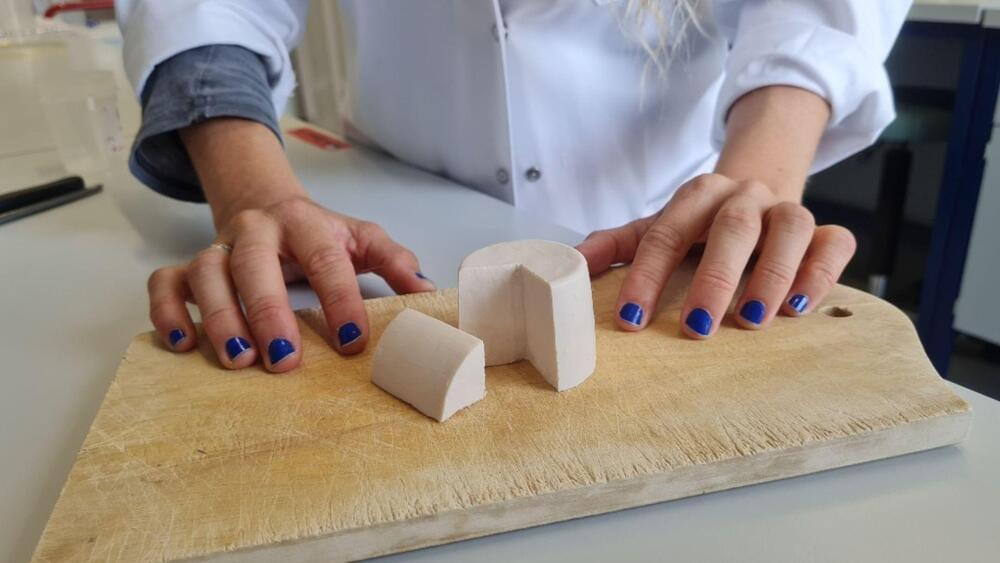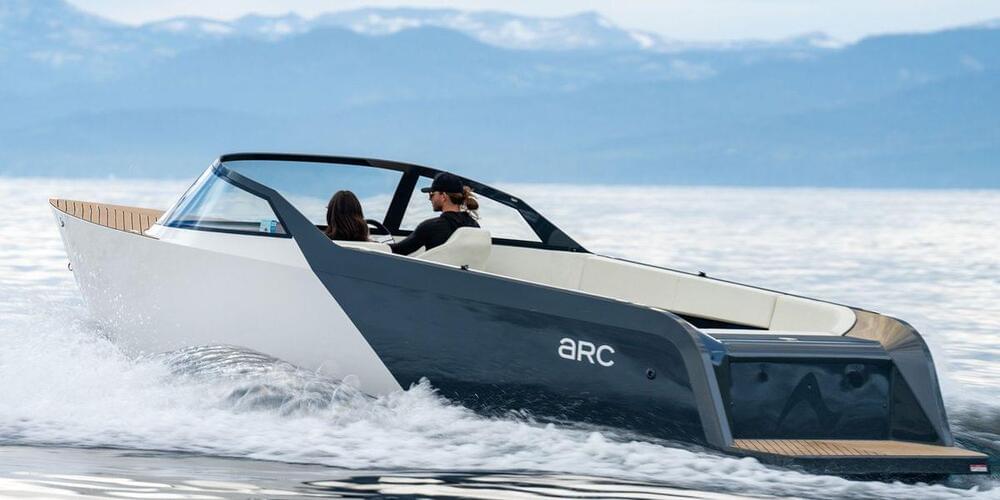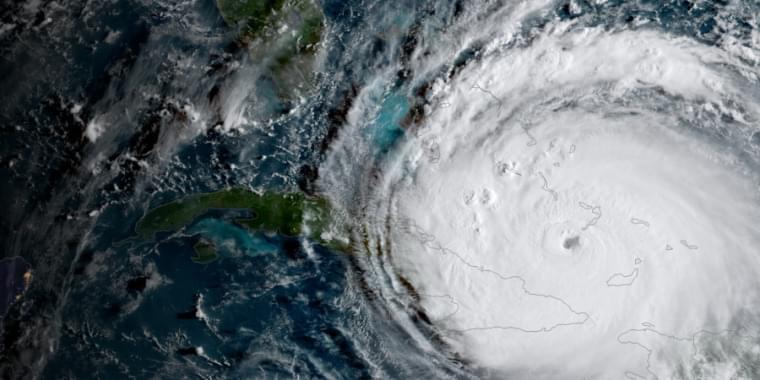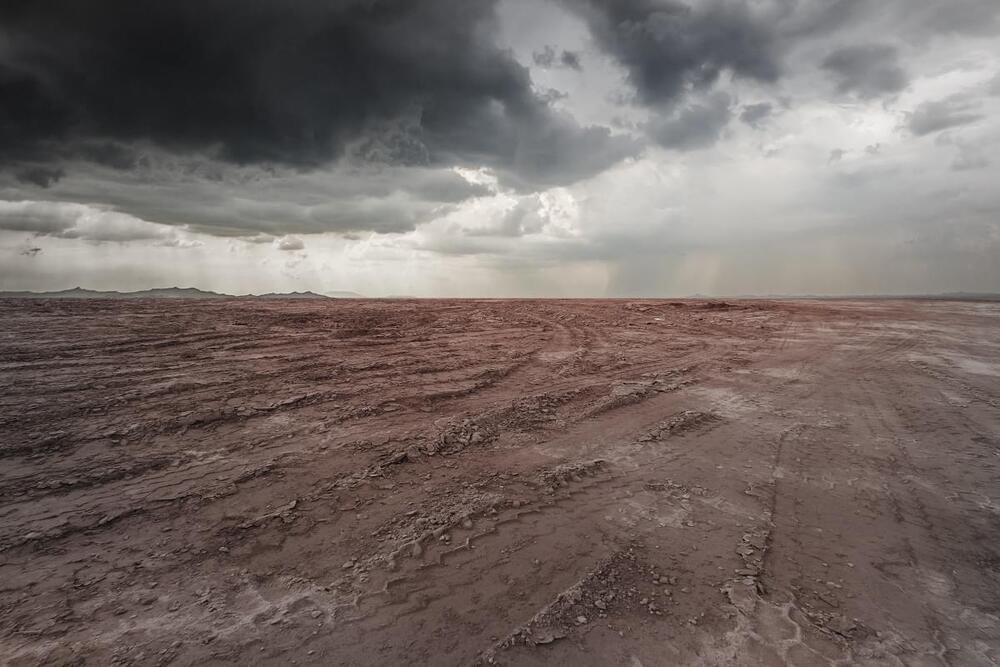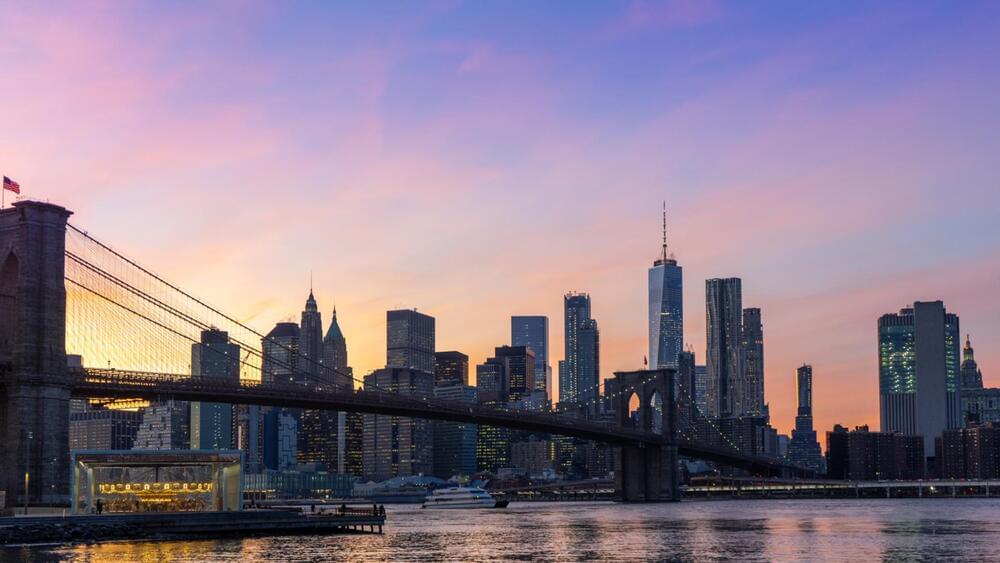Scientists use bacteria to make cheese from yellow peas, a plant-based and sustainable alternative to dairy cheese.
Department of food science, university of copenhagen.
However, with growing concerns about the environmental impact of dairy production and the effects of climate change, there is a growing need to shift towards more plant-based alternatives in our food system. Scientists are now exploring how to harness the potential of protein-rich plants like peas and beans to create a new generation of non-dairy cheeses that rival traditional dairy cheeses’ sensory properties.
